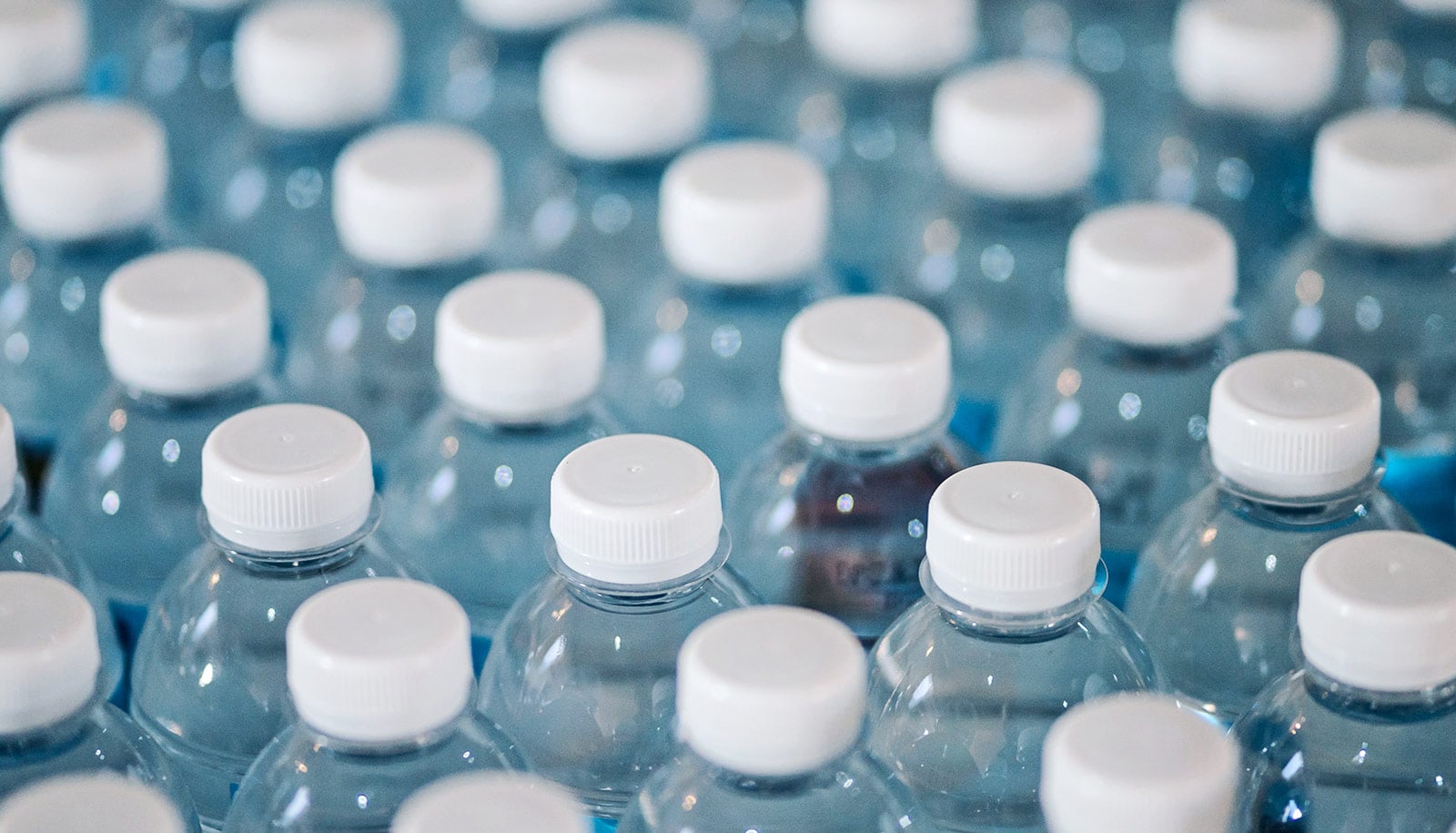Researchers have created a high-quality bioplastic from wood byproducts.
The researchers hope the work can solve one of the world’s most pressing environmental issues.
Efforts to shift from petrochemical plastics to renewable and biodegradable plastics have proven tricky—the production process can require toxic chemicals and is expensive, and the mechanical strength and water stability is often insufficient.
A new study in Nature Sustainability outlines the process of deconstructing the porous matrix of natural wood into a slurry. Researchers say the resulting material shows a high mechanical strength, stability when holding liquids, and UV-light resistance.
It can also be recycled or safely biodegraded in the natural environment, and has a lower life-cycle environmental impact when compared with petroleum-based plastics and other biodegradable plastics.
“There are many people who have tried to develop these kinds of polymers in plastic, but the mechanical strands are not good enough to replace the plastics we currently use, which are made mostly from fossil fuels,” says coauthor Yuan Yao, assistant professor of industrial ecology and sustainable systems at the Yale University School of the Environment.
“We’ve developed a straightforward and simple manufacturing process that generates biomass-based plastics from wood, but also plastic that delivers good mechanical properties as well.”
To create the slurry mixture, the researchers used a wood powder—a processing residue usually discarded as waste in lumber mills—and deconstructed the loose, porous structure of the powder with a biodegradable and recyclable deep eutectic solvent (DES).
The resulting mixture, which features nanoscale entanglement and hydrogen bonding between the regenerated lignin and cellulose micro/nanofibrils, has a high solid content and high viscosity, which can be casted and rolled without breaking.
Yao then led a comprehensive life cycle assessment to test the environmental impacts of the bioplastic against common plastics. The team buried sheets of the bioplastic in soil. After two weeks, the bioplastic fractured and completely degraded after three months.
Further, researchers say the bioplastic can be broken back down into the slurry by mechanical stirring, which also allows for the DES to be recovered and reused.
“That, to me, is what really makes this plastic good: It can all be recycled or biodegraded,” Yao says. “We’ve minimized all of the materials and the waste going into nature.”
The bioplastic has numerous applications, says coauthor Liangbing Hu, a professor at the Center for Materials Innovation at the University of Maryland. It can be molded into a film that can be used in plastic bags and packaging—one of the major uses of plastic and causes of waste production. Hu also says that because the bioplastic can be molded into different shapes, it has potential for use in automobile manufacturing, as well.
One area the research team continues to investigate is the potential effects on forests if the manufacturing of this bioplastic scales up. While the process currently uses wood byproducts in manufacturing, the researchers say they are aware that large-scale production could require usage of massive amounts of wood, which could have far-reaching implications on forests, land management, ecosystems, and climate change, to name a few.
Yao says the research team has already begun working with a forest ecologist to create forest simulation models, linking the growth cycle of forests with the manufacturing process.
Source: Yale University



